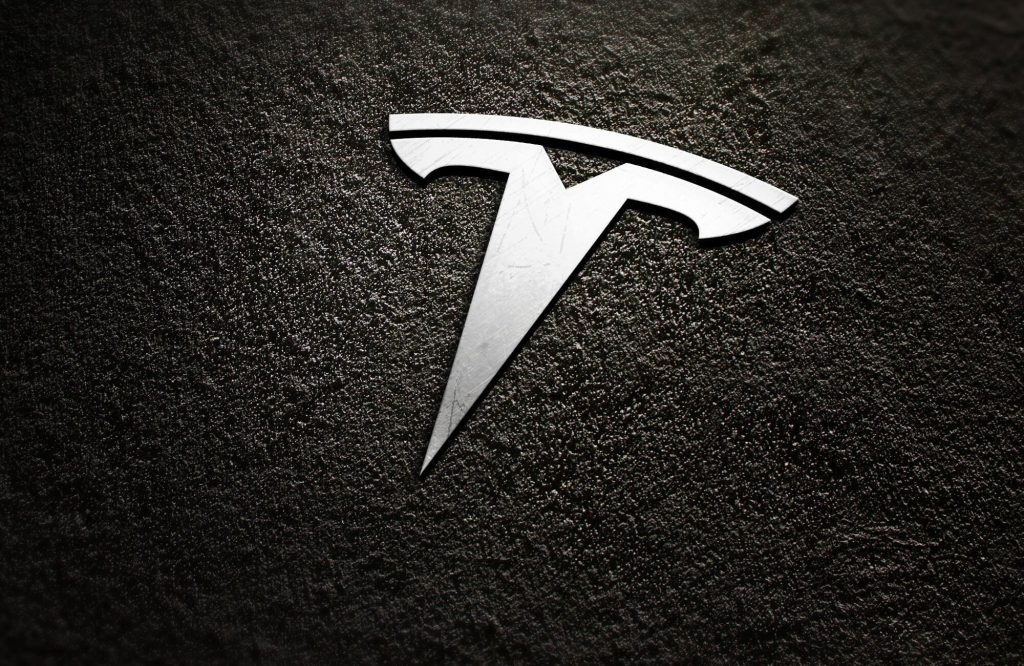When it comes to Tesla, Morgan Stanley analyst Adam Jonas said in a note last month that the bears are beginning to outnumber the bulls; according to a survey he conducted, Jonas noted that 60% of respondents expect Tesla to continue to underperform the S&P 500 throughout the year.
The Future Fund’s Gary Black said in a post on X that it is “increasingly difficult to justify” a 55-60 times price-to-earnings ratio with “single-digit year-over-year sales growth” until Tesla starts selling its $25,000 next-generation car, which Black doesn’t expect to happen until 2026.
Black has a $250 price target on the stock and has said that a cheaper, more accessible next-gen vehicle would be a major catalyst for Tesla.
He said in a Thursday post that, though his price target includes “some estimate” of the value of full self-driving (FSD), it does not include estimates of Tesla’s other artificial intelligence-related businesses (Optimus, FSD licensing and the robotaxi).
“X investors always give us grief for not including robotaxi, FSD licensing or Optimus valuations in our PTs,” Black said. “That discipline has worked well for us so far in avoiding posting outlandish price targets based on arbitrary assumptions.”
He said that a company needs a working product in order for an analyst to make forecasts based on that product.
Other investors, like Cathie Wood of Ark Invest, have based their valuations exclusively on assumptions regarding those areas that Black is reluctant to touch.
Wood expects Tesla to be trading at $2,000 per share by 2027. And the long-term catalyst for that forecast centers around robotaxis, a product Tesla does not seem close to launching.
“Tesla doesn’t segregate its AI businesses, so investors can’t put a value on Tesla’s AI businesses,” Black said. “They would be making up (numbers).
Black said Thursday that the Future Fund’s “worst performer was Tesla, which until recently was our second-largest position.”



